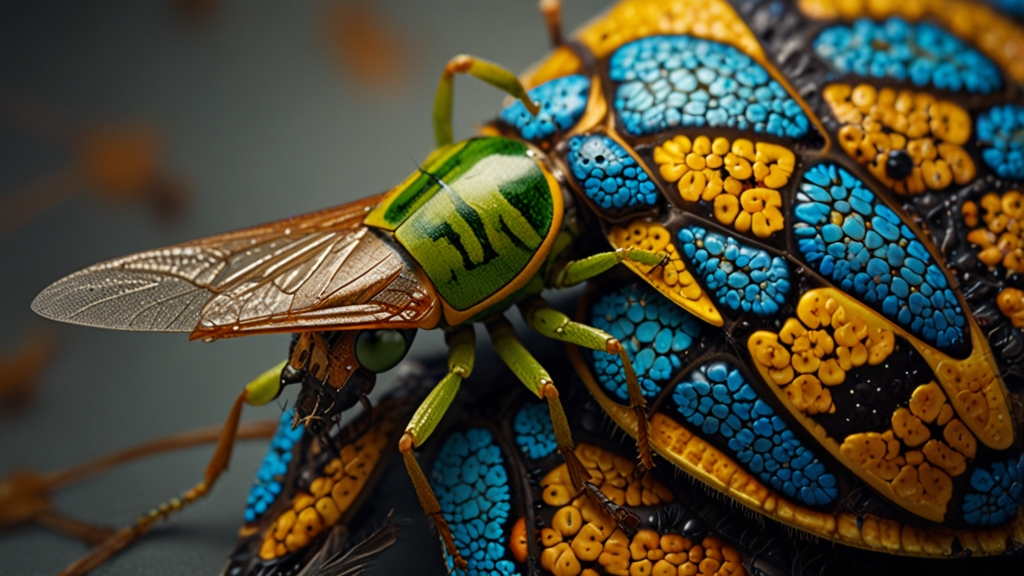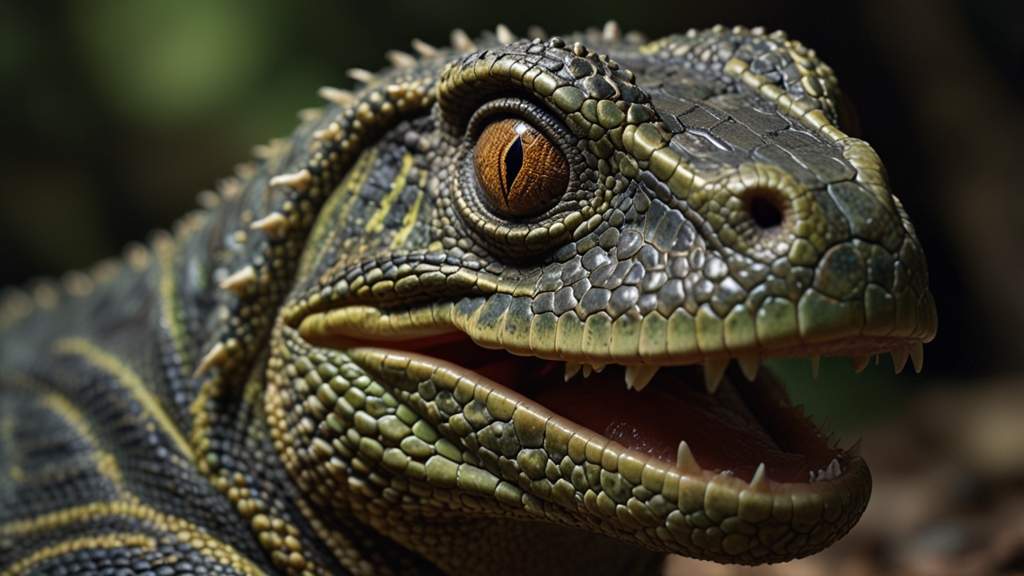Insect Fashion: The Beautiful Patterns and Colors That Dazzle Our Eyes
In the natural world, insects are often associated with nuisance or insignificance. Yet, to those who look more closely, insects reveal a world of dazzling colors and intricate patterns that rival the works of the most skilled artists.
The Mimicry and Camouflage of Butterflies
Butterflies are arguably the supermodels of the insect world, showcasing an array of stunning patterns and vibrant colors. Many species use their remarkable designs for mimicry and camouflage. The Monarch butterfly, for example, exhibits brilliant orange, black, and white patterns that serve as a warning to predators about its toxicity. Meanwhile, the Common Buckeye butterfly uses eye spots on its wings to frighten potential predators.
Furthermore, butterfly wings are an extraordinary canvas for the play of light. The scales on a butterfly's wings diffract light, creating iridescence that changes with viewing angles. This phenomenon is not just visually stunning but also plays a role in mating rituals and other behavioral communication.
The intricate patterns and colors of butterflies are a vivid reminder that fashion in the animal kingdom is not merely superficial—each design is a vital adaptation for survival.
Beetles: Armor of Beauty
Beetles are another group of insects known for their colored and patterned exoskeletons. The Jewel beetles, in particular, are renowned for their metallic colors that shimmer under sunlight. These colors are a result of microscopic structures on their exoskeletons that reflect and refract light, creating a dazzling display of colors without any pigmentation.
Many beetles use their coloration for a range of purposes, from warding off predators to attracting mates. The Ladybug’s red and black spotted pattern is not just for show—it serves as a warning signal indicating the presence of toxic chemicals, deterring would-be predators.
Beetles exemplify how nature uses both color and structure to create beauty that serves practical, life-preserving functions.
Moths: The Nighttime Beauty
Moths, often overshadowed by their butterfly relatives, exhibit equally captivating patterns and colors. These nocturnal insects have adapted to low-light conditions with a range of cryptic and flashy designs. Some moths, like the Luna Moth, display large, eye-catching spots that help to confuse predators during a sudden attack.
Other species use coloration for camouflage, blending seamlessly into their surroundings during the day when they rest. The Pepper Moth is a fascinating case study in natural selection, where its black-and-white speckled pattern allowed it to adapt to the soot-darkened trees during the industrial revolution in England.
The beauty of moths lies not only in their patterns and colors but also in their evolutionary stories, demonstrating resilience and adaptability.
Dragonflies: Aerial Artistry
Dragonflies, with their elongated bodies and transparent wings, often flash iridescent colors as they dart through the air. Their wing structures are a marvel of natural engineering, enabling rapid maneuverability while also mesmerizing onlookers with a prism-like display of colors.
These dazzling displays are not just for show. The vibrant colors and patterns of dragonflies are typically associated with territorial displays and mating rituals. Male dragonflies often flaunt their colorful wings to attract females or to intimidate rival males.
The Unseen World of Microscopic Patterns
A closer inspection of insects reveals a universe of patterns on a minute scale, often invisible to the naked eye. Electron microscopy has unveiled intricate designs on the scales of butterfly wings, the exoskeletons of beetles, and even the compound eyes of flies.
These microscopic structures often have specific functions, such as enhancing light absorption, repelling water, or aiding in thermo-regulation. The study of these patterns not only enriches our appreciation of insect beauty but also inspires advances in technology and materials science.
Conclusion
The realm of insects is one of astonishing diversity and aesthetic wonder. Their patterns and colors offer more than mere visual delight; they are a testament to the intricate evolutionary processes that drive survival and adaptation. From the shimmering wings of butterflies and beetles to the cryptic beauty of moths, insects remind us of the endless possibilities in nature's palette.
As we continue to explore and understand the functions behind these captivating designs, we find that insect fashion is not just an art form but also a field of scientific intrigue and discovery.








